Affiliate links on Android Authority may earn us a commission. Learn more.
Samsung Galaxy S11 series: The 8 things we want to see
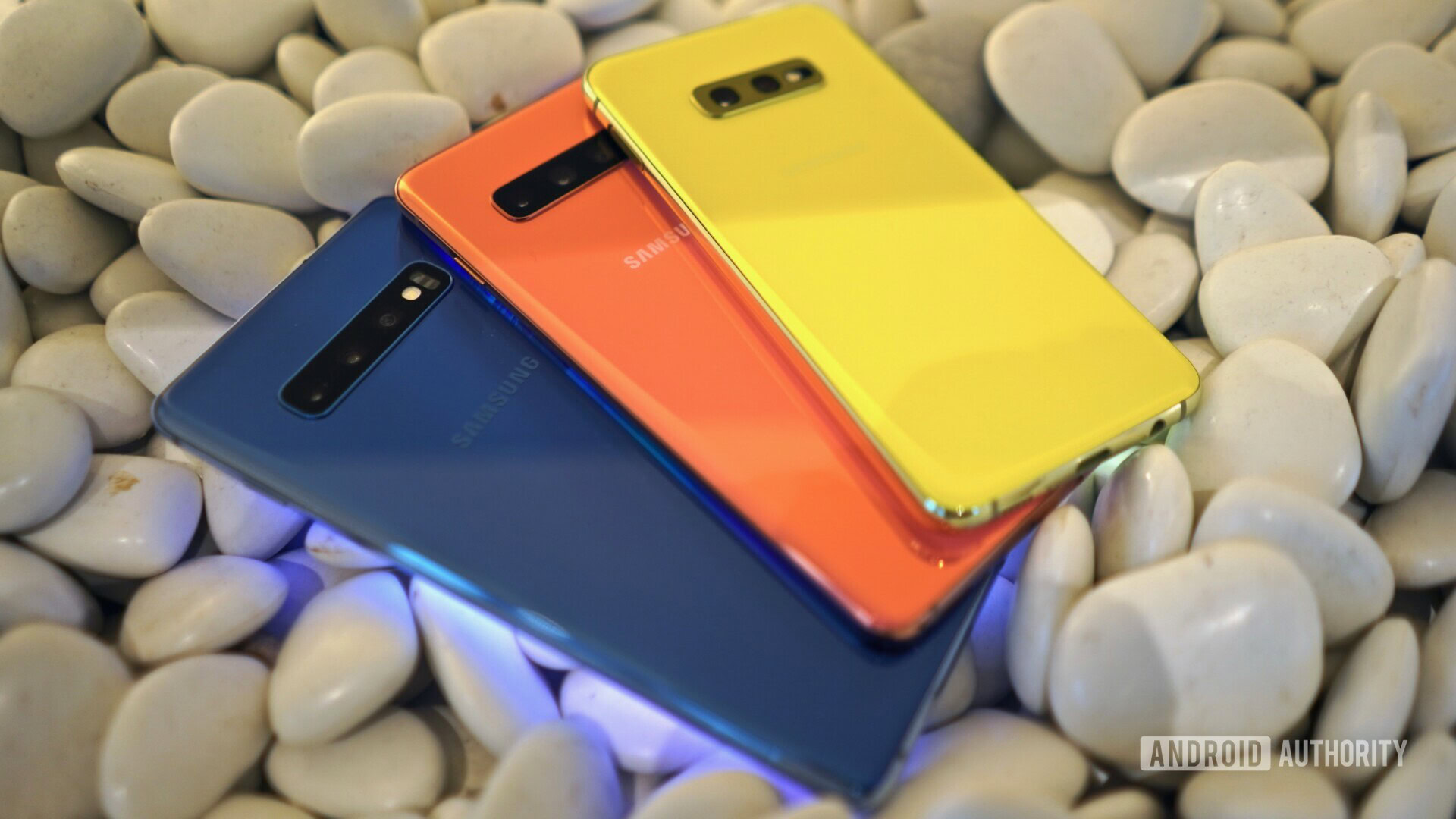
The year is coming to a close soon and it seems very likely that the Samsung Galaxy S10 Plus will be a top contender for the best Android device of the year. When it comes to specs and features, few 2019 devices are as well-rounded and polished as the Galaxy S10 Plus, and the Galaxy S10 and Galaxy S10e have both also received serious praise.
Despite all this, there are definitely more than a few features that the Galaxy S10 family lacks. Samsung could offer at least some of these features in the upcoming Samsung Galaxy S11 family, which we expect to launch in either late February or early March 2020.
Below, you’ll find a list of eight things we hope Samsung will bring to the Galaxy S11 series of devices. It’s unlikely that we’ll see them all, but it’s a good bet Samsung plans to bring at least a few to its next set of flagships.
Related: Samsung Galaxy S11 phones are shaping up to be mammoth devices!
Before we dive in, we’d like to point out that we’re skipping requests for the “basic” features, such as RAM, storage space, battery capacity, etc. When it comes to features such as these, more is almost always better, so hoping we’ll see a bigger battery in the Samsung Galaxy S11 family is not really worth pointing out.
With that in mind, here are the eight things we are hoping to see in the Samsung Galaxy S11, Galaxy S11 Plus, and Galaxy S11e!
90Hz display refresh rate

Although there have been numerous phones launched with display refresh rates higher than the usual 60Hz, the OnePlus 7 Pro from earlier this year featured the first OLED panel with a 90Hz display refresh rate. This is one of the standout features of the device and proved to be so popular that OnePlus committed to every smartphone it makes going forward coming with a 90Hz or higher refresh rate.
Later on in the year, the Google Pixel 4 landed with a 90Hz display refresh rate, which helped it earn the title of the best display we have ever tested.
Since the Samsung Galaxy Note 10 didn’t come with a 90Hz refresh rate — and that seemed like a weird omission in our review — it’s likely a shoo-in that the Samsung Galaxy S11 family will have the feature. This will be a welcome upgrade as 90Hz makes an enormous difference for activities such as gaming or when you’re just scrolling through Twitter feeds or Reddit posts.
Keep the headphone jack and microSD slot
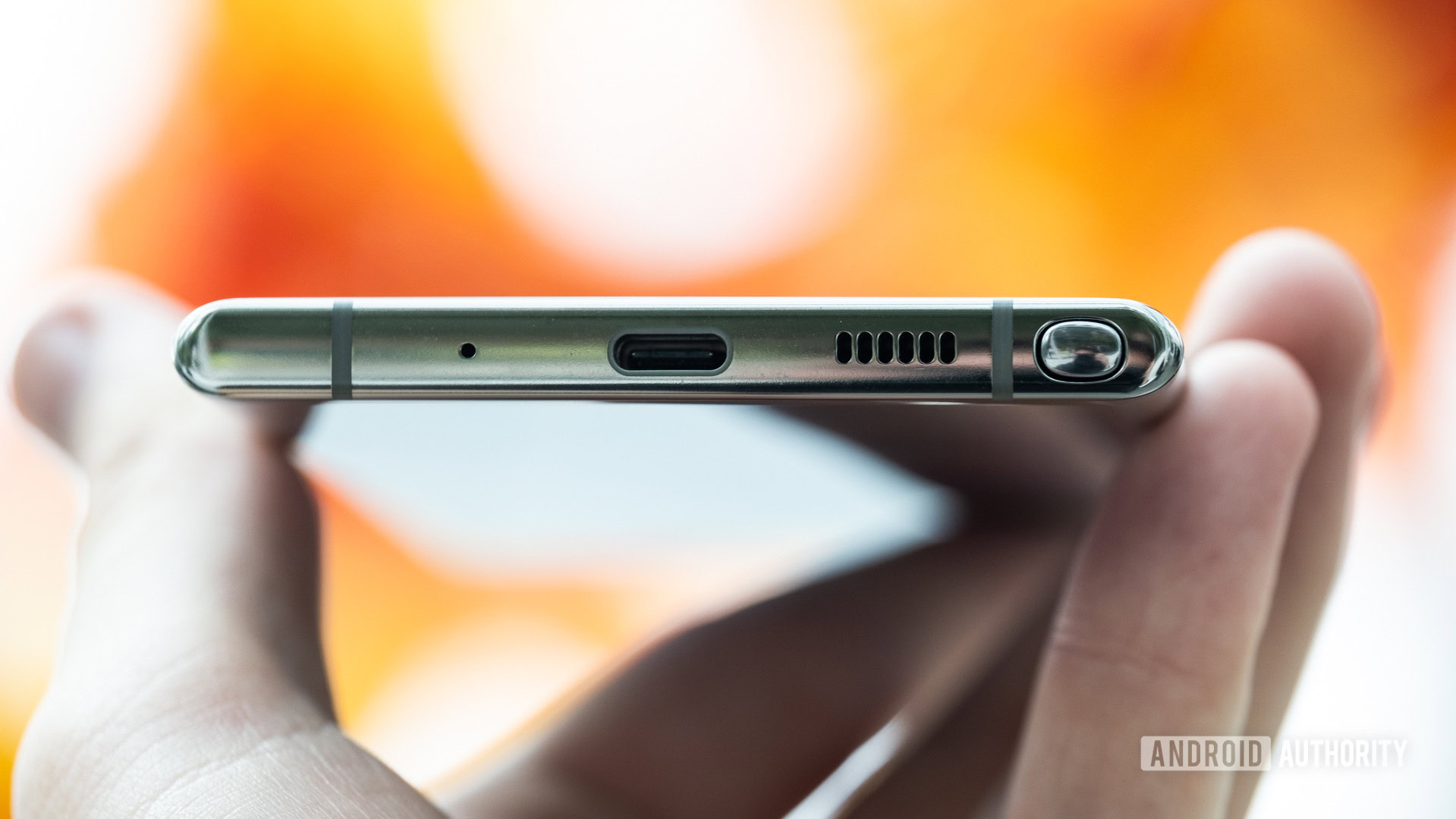
The Samsung Galaxy Note 10 and Note 10 Plus are the first bonafide flagship devices from Samsung to not feature the much-loved 3.5mm headphone jack. The cheaper variant of the two also doesn’t feature the similarly-adored microSD slot, which proved to be a very contentious move as far as Samsung fans are concerned.
As of today, the only true 2019 flagships from Samsung that have both a headphone jack and a microSD slot are the devices in the Galaxy S10 family. We can only hope that the Samsung Galaxy S11 series carries on that legacy and keeps both ports.
Granted, this could be wishful thinking on our parts. There are very few brands that still include headphone jacks and microSD slots on their flagships, and the fact that the Note 10 family doesn’t have them in each iteration is a bad sign. However, we have our fingers crossed!
UFS 3.0 storage
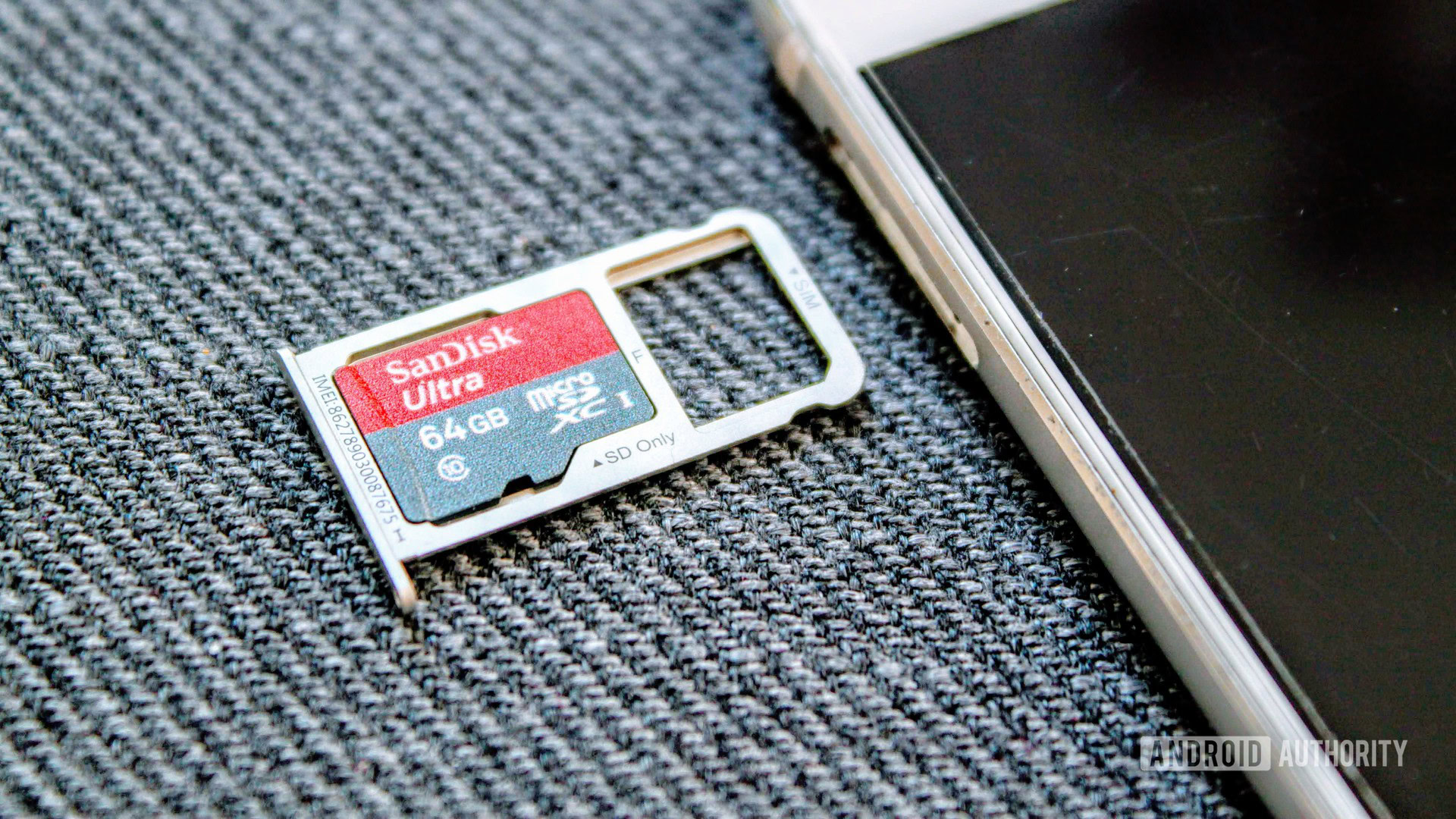
The Samsung Galaxy Fold was supposed to be the first smartphone on the market to feature the blazingly-fast UFS 3.0 storage standard. However, the delay of that device’s release made the OnePlus 7 Pro the first commercial smartphone with the feature.
The Samsung Galaxy Note 10 family also launched with the UFS 3.0 standard, so it makes logical sense that the Samsung Galaxy S11 series will, too. Out of all the hopefuls on this list, this one is probably the safest bet to assume will land on the S11 series.
With UFS 3.0, data can be transferred at a much higher rate than UFS 2.1, which most modern smartphones use. Not only does this make data transferred from your phone to your computer faster, but it also makes actions such as opening apps, running AR programs, and rendering things such as 4K video faster and more power efficient.
No display cutout or notch
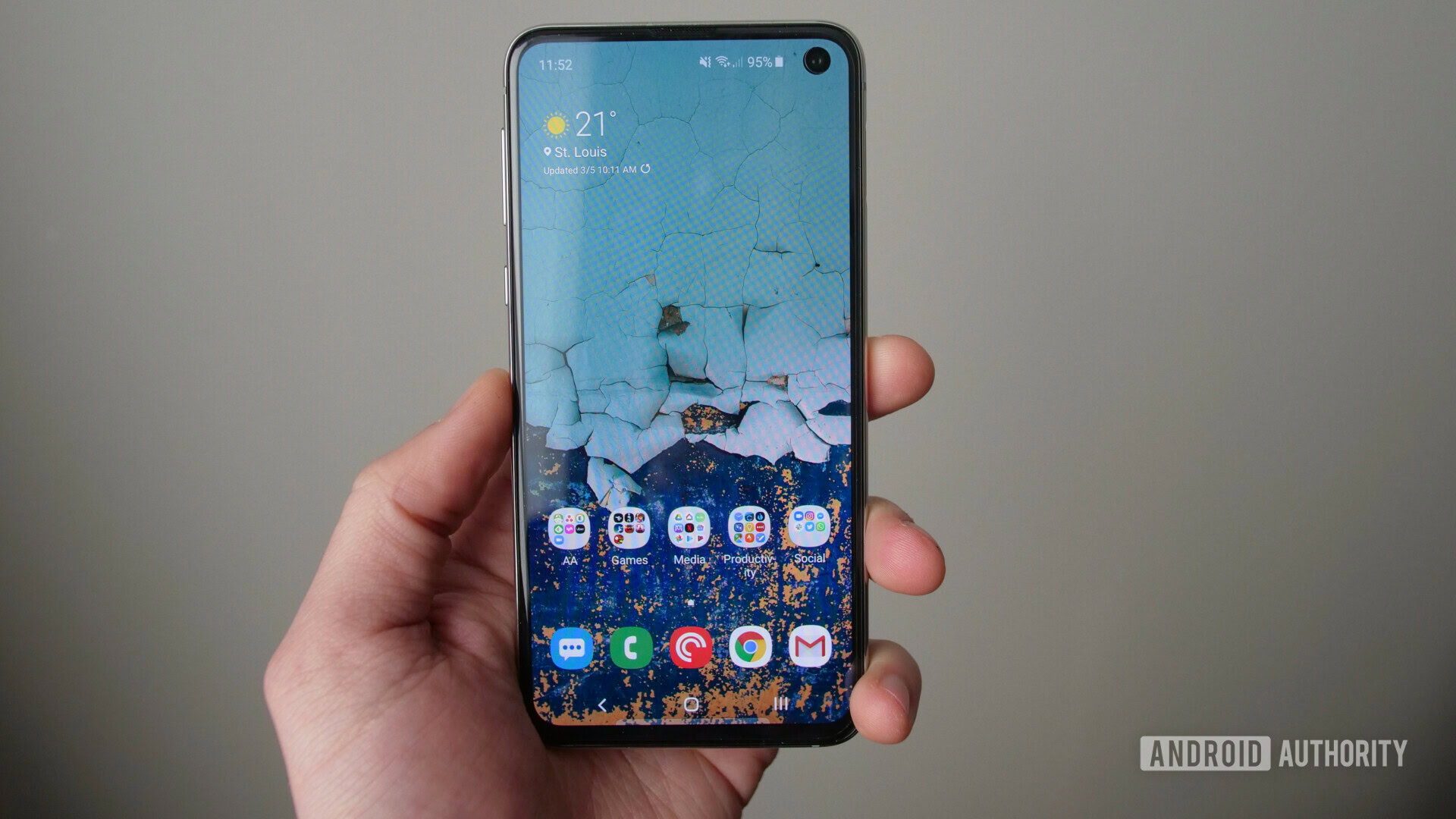
All three devices in the Galaxy S10 family, as well as the two devices in the Galaxy Note 10 family, have Infinity-O displays. That means the front-facing camera hardware is featured within a display cutout at the top of the screen.
While the display cutout has proven to be more popular than an iPhone-style notch, there are a few phones on the market now that eschew any cutouts at all. The OnePlus 7T Pro, vivo Nex 3, OPPO Reno 10x Zoom, Xiaomi Mi Mix 3, and others feature pop-up selfie cameras or slider mechanisms. Additionally, the innovative ASUS Zenfone 6 features a flip-style camera that brings the rear-facing camera up to the front whenever you need it.
It would be really nice to see a true, all-screen display on a Samsung Galaxy S11 device. However, pop-up cameras, flip cameras, and other mechanized systems reduce the water- and dust-resistance of smartphones, so Samsung would need to figure out how to remove the cutout while keeping the all-important IP certification fans expect from Galaxy S devices.
Can Samsung pull that off? It’s certainly feasible, but we won’t know until 2020.
Optical fingerprint sensor
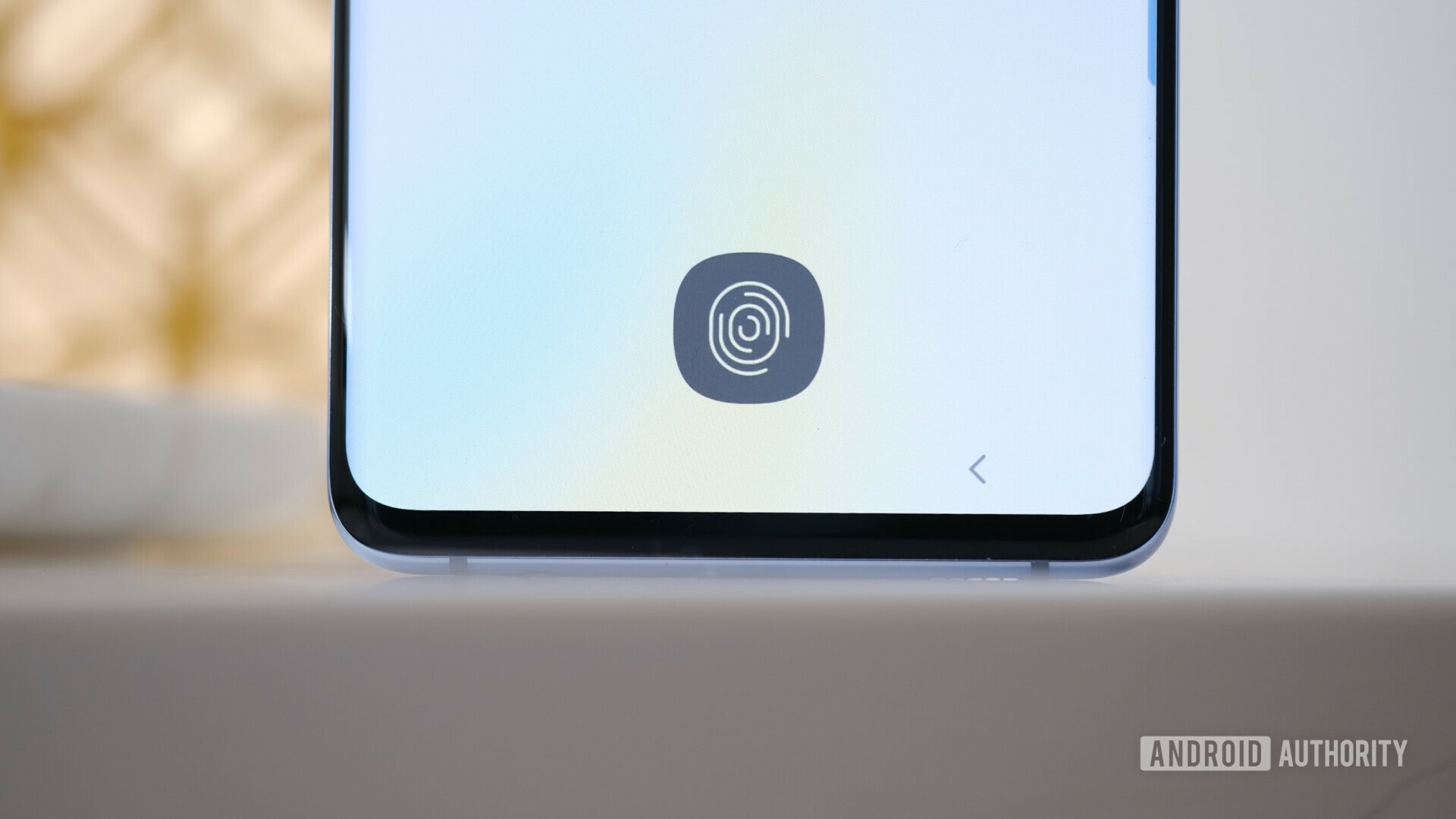
There are two main types of in-display fingerprint sensors on the market right now: optical and ultrasonic. The only two smartphone lines that feature ultrasonic sensors are the Galaxy S10 and Note 10 lines, and they have proven to be objectively inferior to the best of the optical sensors.
Additionally, Samsung faced a major security issue not too long ago related to its in-display sensors, which is a bad look for the company.
Since Samsung aggressively promoted how much better its ultrasonic sensors would be as compared to optical ones, it’s pretty unlikely that we’ll see the company abandon them in the Samsung Galaxy S11 line. However, we have found optical sensors to be far superior and know that Samsung fans would appreciate faster and more reliable unlocking on their devices, so here’s hoping.
Faster charging out of the box
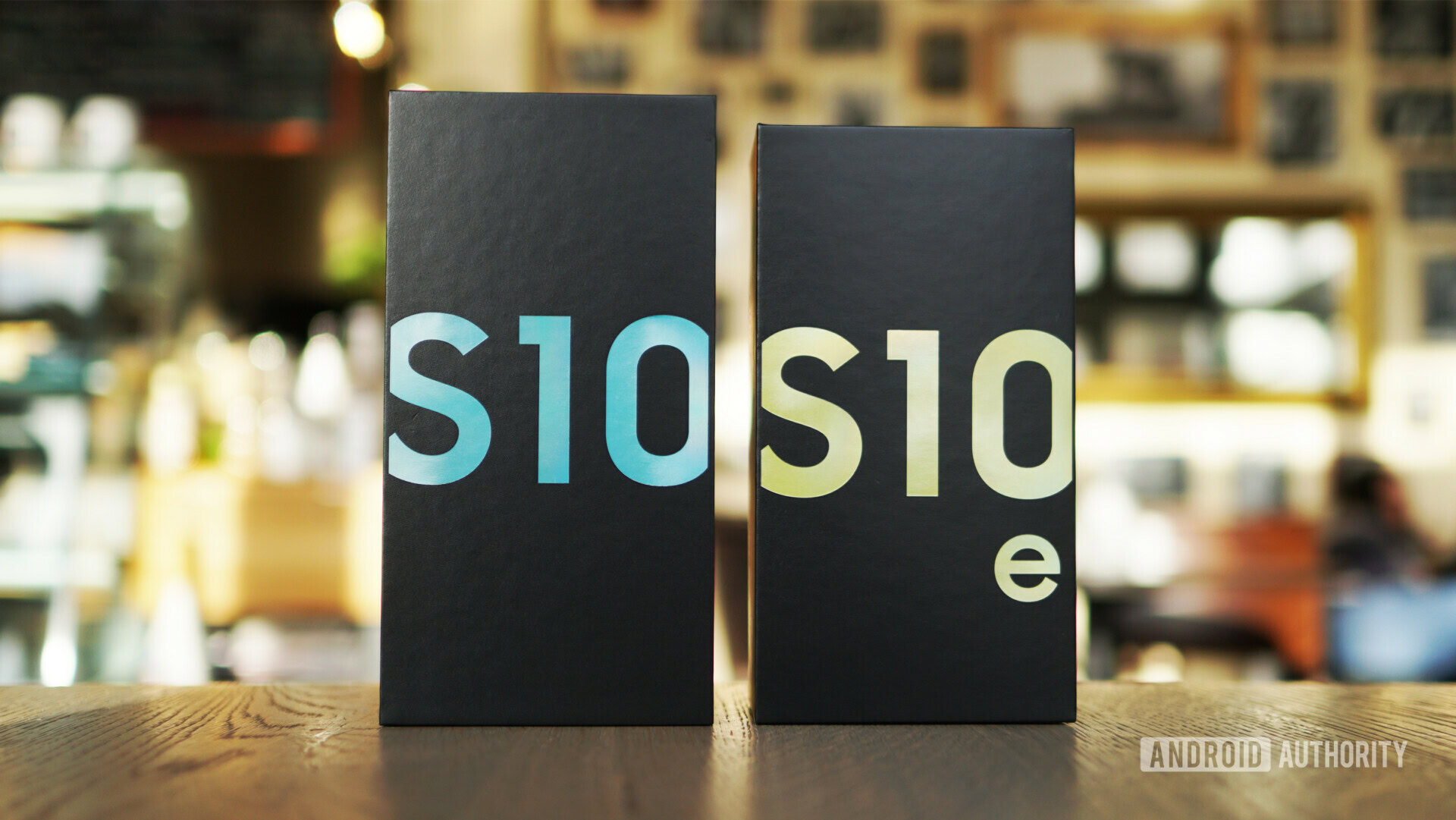
Every Galaxy S device over the past few years has come with wireless charging, which is an awesome feature (and one we know for certain will be included with the Samsung Galaxy S11 family). However convenient wireless charging might be, it can’t compare to the speed and efficiency of fast wired charging, and this is a sector where even Galaxy S devices fall short.
The Galaxy S10 family has a top wired charging speed of just 15W, which is hardly fast. The HUAWEI Mate 20 Pro, a flagship from 2018, charges at 40W, and that device is still in the top five of all Android devices, according to our testing (not one Samsung device makes it into the top ten).
Related: Fastest charging phones: Boost your battery in no time
Simply put, Samsung needs to do better here. The company gave a good effort with the Galaxy Note 10 Plus which has a top charging speed of 45W. However, you can’t get that speed with the charger that comes in the box with the phone. Instead, you need to buy a separate charger to get those speeds, which is pretty insulting considering the Note 10 Plus starts at $1,100.
If Samsung is smart, the Samsung Galaxy S11 family — including the Galaxy S11e — will be capable of wired charging speeds over 30W out of the box, no additional purchase necessary.
A bigger camera sensor
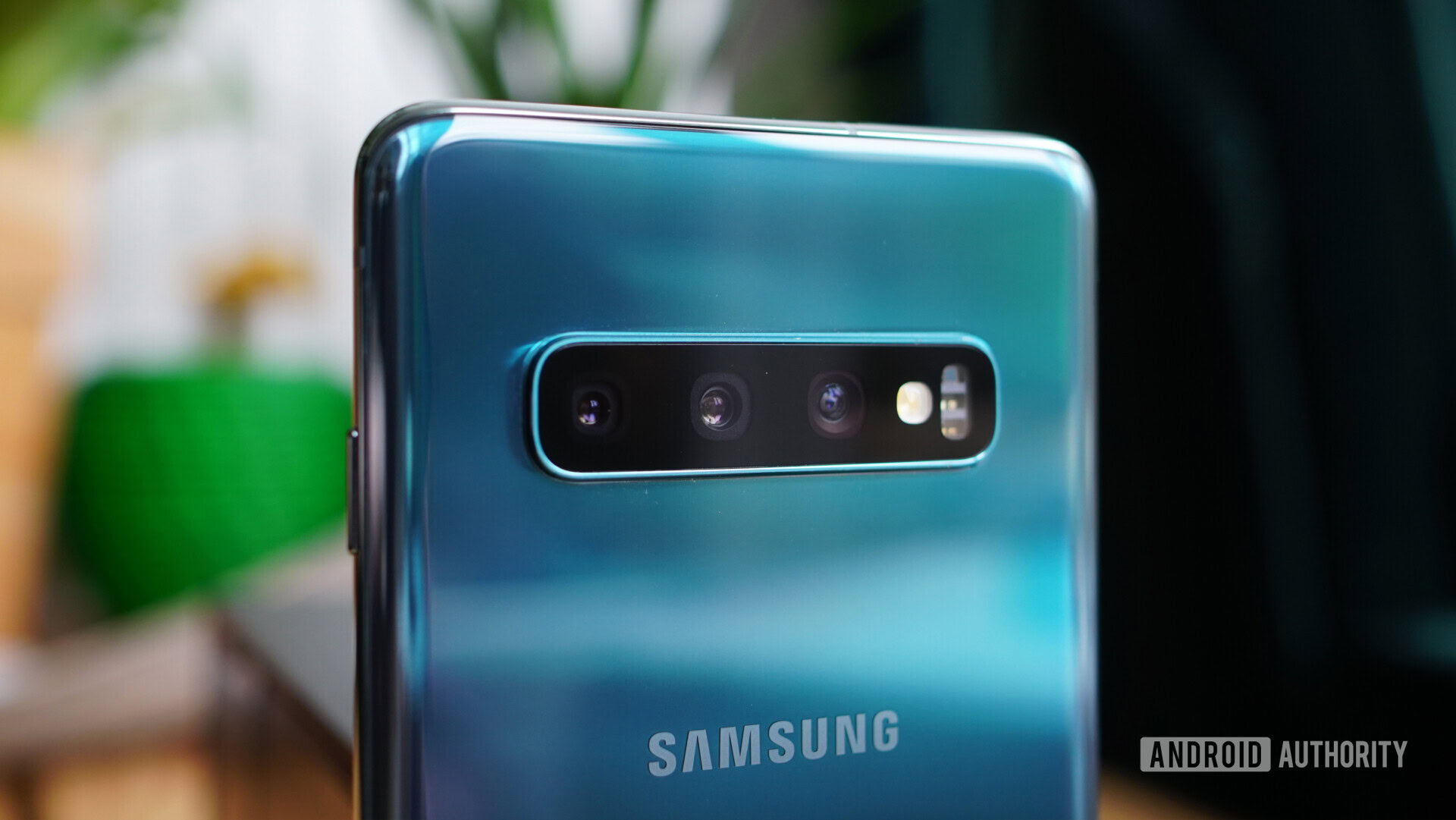
The Galaxy S10 and Galaxy S10 Plus have plenty of camera lenses on the back — three, to be exact. The Samsung Galaxy S10 5G even adds in a fourth sensor. It’s a safe bet that the Samsung Galaxy S11 family will also feature at least three camera lenses.
However, the number of lenses isn’t everything as the sensor that powers them all is where most of the magic happens. It’s very likely Samsung will use the 108MP Isocell lens in the S11 family, which delivered some amazing shots on the Xiaomi Mi Note 10. But that phone pixel-binned the images to 27MP, which is strange because a larger sensor should mean that manufacturers could do less pixel binning.
We hope Samsung can figure out a way to give us pixel-binned shots at 16MP or even 12MP with that larger 108MP sensor. Now, we are not really worried that Samsung will deliver a poor camera experience on what is arguably the most popular Android smartphone line in history. We just hope Samsung doesn’t cut any corners here, especially when you consider how cutthroat the smartphone camera industry is at the moment.
More, better color choices
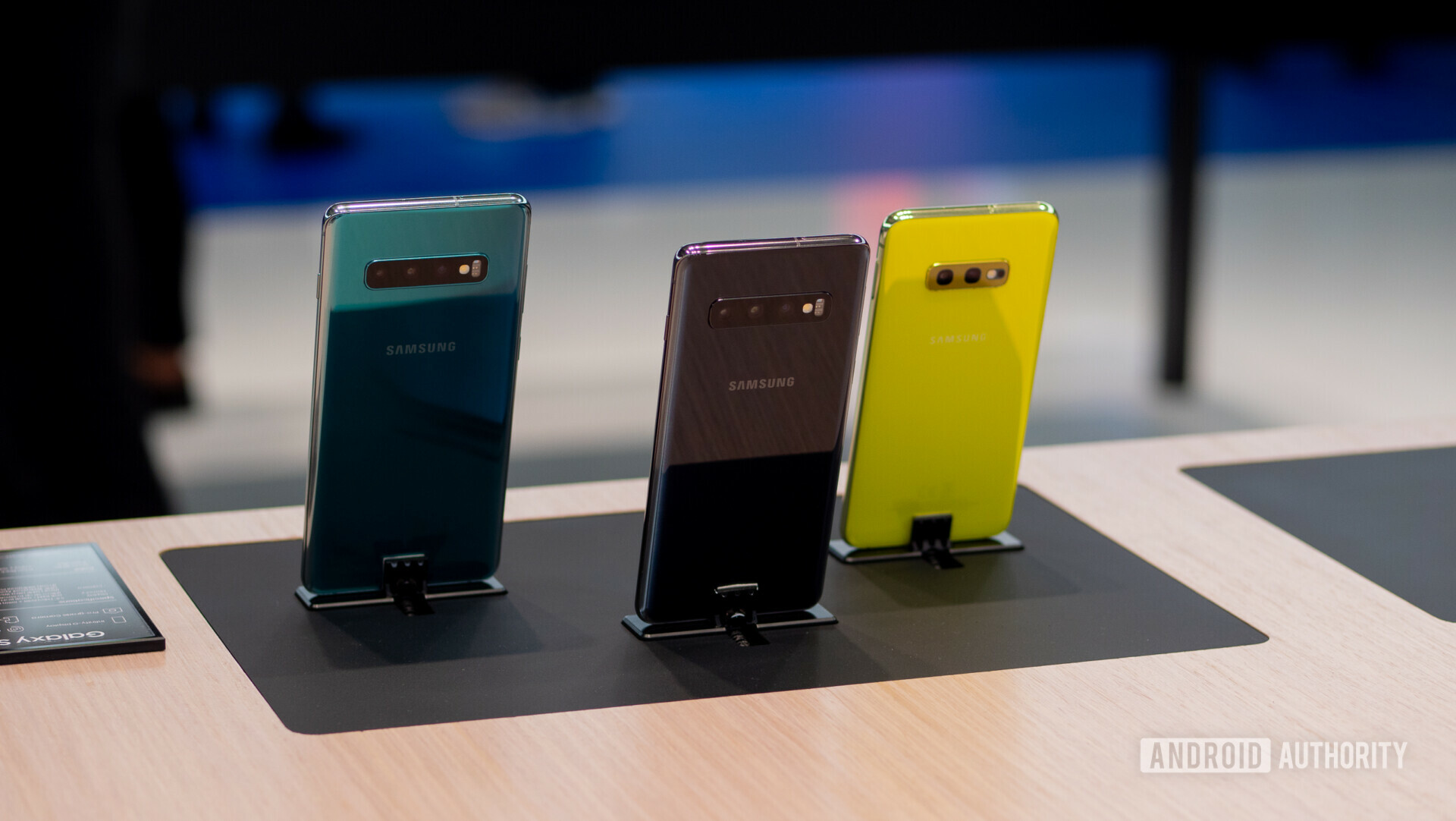
We’re going to close out this article with the one hope we have that isn’t too big of a deal: an increase in the variety and types of colorways the Samsung Galaxy S11 family offers. We will readily admit that the Galaxy S10 family came in plenty of cool colors, but none of them were quite as cool as the Glow colorway that came with the Galaxy Note 10, the Nebula Blue colorway on the OnePlus 7 Pro, or the Aurora colorway on the HUAWEI P30 Pro.
We’d love to see Samsung bring a Glow-like colorway to the Samsung Galaxy S11 family and maybe even some other, wilder designs. Sure, we’ll always need the classic black colorway to appease people who don’t want any flair with their smartphone, but we have our fingers crossed that Samsung gets a little more ambitious in this department.
That’s our roundup of the features we hope to see in the upcoming Samsung Galaxy S11. What features did we miss? Let us know in the comments what you are hoping for.